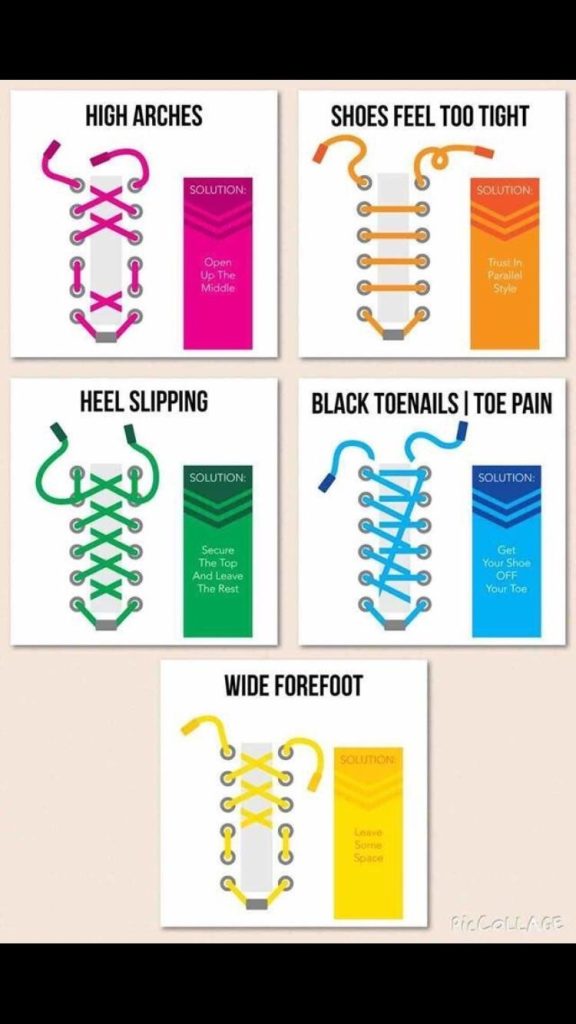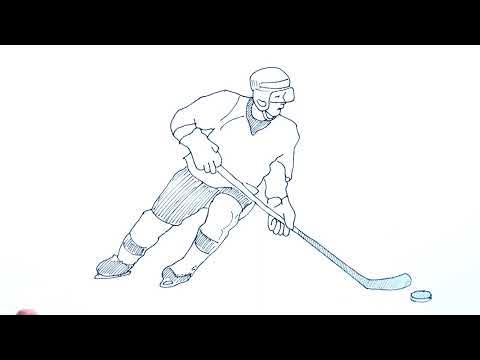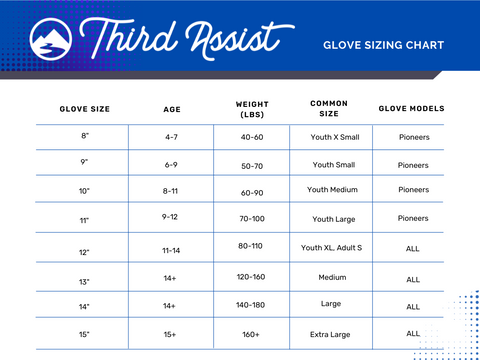Tying ice hockey skates may seem tricky at first. But it’s easy with practice.
Properly tied skates can improve your performance on the ice. They give you better control and comfort. Ice hockey requires precision. A well-tied skate helps in achieving this. It ensures your foot is secure, reducing the risk of injury. Whether you’re a beginner or experienced player, knowing how to tie your skates correctly is essential.
This guide will walk you through the steps. You’ll learn tips and tricks to make sure your skates fit perfectly. Ready to get started? Let’s dive in and make your next game more comfortable and enjoyable.
Choosing The Right Skates
Choosing the right ice hockey skates is essential for performance and comfort. The right pair can make a big difference. You need to understand your options before making a decision.
Different Skate Types
There are several types of ice hockey skates. Recreational skates are for casual players. They offer comfort and durability. Performance skates are for competitive players. They provide better support and responsiveness. Custom skates are tailored to fit your feet perfectly. They are the best for serious athletes. Each type has its unique advantages.
Sizing And Fit
Proper sizing is crucial. Your skates should fit snugly. They should not be too tight or too loose. Measure your feet accurately. Compare the measurements with the skate size chart. Try on different sizes. Walk around to check the comfort. Ensure there is no pinching or excessive space. A good fit enhances your control on the ice.
Consider the width of your feet. Skates come in various widths. Choose the one that matches your foot shape. Remember, a well-fitted skate can prevent injuries.

Credit: www.reddit.com
Preparing Your Skates
Before hitting the ice, ensure your skates are properly prepared. Properly prepared skates provide comfort and support. This step can prevent injuries and improve your performance.
Loosening The Laces
First, loosen the laces starting from the top of the skate. Work your way down to the toe. Make sure each eyelet is loose enough to fit your foot comfortably. If the laces are too tight, it can cause discomfort. Loose laces make it easier to get your foot inside the skate.
Positioning The Tongue
Next, position the tongue of the skate correctly. The tongue should be centered and lay flat against your foot. Ensure it is not twisted or bunched up. A properly positioned tongue provides better protection and comfort. It also helps distribute pressure evenly across your foot.
Starting The Lacing Process
Getting the right fit for your ice hockey skates starts with proper lacing. Lacing your skates properly ensures comfort and support. It also helps prevent injuries on the ice. Follow these steps to start the lacing process correctly.
First Eyelets
Begin by threading the laces through the bottom eyelets of your skates. Pull the laces evenly to ensure they are the same length. This will help you achieve uniform tightness as you lace up. Make sure the laces lie flat and are not twisted.
Proper Tightness
As you lace up, pull the laces snug but not too tight. Too tight laces can cause discomfort and restrict blood flow. Ensure there is no slack in the laces to provide proper support. Tighten the laces more around the ankle area for better stability. Continue lacing up to the top eyelets, maintaining even pressure.
Lacing The Midfoot
Tying ice hockey skates properly is crucial for both comfort and performance. One of the most important areas to focus on is lacing the midfoot. This part of the skate provides stability and support to your foot, ensuring a snug fit without causing discomfort. Let’s dive into the best techniques for securing your midfoot.
Securing The Arch
To ensure a good fit, start by focusing on the arch of your foot. This area needs to be snug to provide proper support.
- Begin by pulling the laces tight across the arch area.
- Make sure the laces lie flat and are not twisted.
- Use moderate tension to avoid cutting off circulation.
A secure arch will help prevent your foot from sliding inside the skate, which can lead to blisters and discomfort.
Avoiding Pressure Points
While tightening the laces, it’s important to avoid creating pressure points. These can cause pain and affect your performance on the ice.
- After securing the arch, move up to the next eyelet.
- Gently pull the lace to ensure even tension.
- Avoid pulling too tight in any one spot.
Check the fit by standing up and flexing your ankle. Adjust as needed to relieve any tight spots.
| Step | Action | Tip |
|---|---|---|
| 1 | Start at the arch | Ensure laces lie flat |
| 2 | Move to the next eyelet | Pull gently for even tension |
| 3 | Check for pressure points | Adjust as needed |
With these tips, you can achieve a comfortable and secure fit for your ice hockey skates. Properly laced skates will enhance your performance and keep your feet protected during the game.
Tightening The Ankle
Tightening the ankle of your ice hockey skates is crucial. It helps ensure your foot remains stable and secure. Properly tightening this area can enhance your performance on the ice. Let’s delve into the steps for ensuring stability and preventing heel lift.
Ensuring Stability
First, focus on the three eyelets above your ankle. Pull the laces tight, but not too tight. You need snugness for stability. This prevents your foot from sliding inside the skate. Ensure the laces are evenly tightened. Avoid any gaps between the skate and your foot. This helps maintain balance and control during play.
Preventing Heel Lift
Heel lift can disrupt your skating. To prevent this, pay attention to the lower part of your skate. Tighten the laces firmly around your ankle. This reduces unnecessary movement. Double-check the snugness to ensure your heel stays in place. A secure heel provides better power transfer and agility. This allows for more precise movements on the ice.
Finishing Touches
Tying ice hockey skates properly can make a big difference. The finishing touches ensure comfort and safety. These steps focus on the final details to get the perfect fit.
Top Eyelets
The top eyelets are crucial. Start by threading the laces through the top eyelets. This gives more control and stability. Make sure the laces are tight but not too tight. Your foot should feel secure, not pinched. Adjust the tension to find the right balance.
Double-knot Technique
The double-knot technique keeps the laces in place. After tying a regular knot, tie another one on top. This prevents the laces from coming undone during play. It’s a simple step but very effective. Always double-knot before hitting the ice. You’ll avoid interruptions and stay focused on the game.
Testing The Fit
Testing the fit of your ice hockey skates is crucial. Properly fitted skates ensure comfort, control, and performance on the ice. After lacing up your skates, take the time to test the fit. Below are steps to help you in this process.
On-ice Testing
Start by skating around the rink. Pay attention to how your feet feel. Do your skates feel snug? You should not feel any pinching. Your toes should not be cramped. Perform some basic maneuvers. Try a few quick stops and turns. Check for any looseness or discomfort.
Adjustments And Tweaks
If you feel any discomfort, adjust the laces. Tighten or loosen them as needed. Focus on the areas where you feel pressure. Sometimes, minor adjustments make a big difference. Also, consider the tightness of each section. The lower part of the skate can be tighter. The upper part can be looser for more flexibility. After adjustments, test again. Keep tweaking until the fit feels right.

Credit: www.wikihow.com
Maintaining Your Skates
Properly tying ice hockey skates ensures comfort and support. Start by loosening the laces and sliding your foot in. Tighten the laces evenly from the toes up to the ankle. Secure the top tightly for stability.
Properly maintaining your ice hockey skates is crucial. It ensures safety and performance on the ice. Regular upkeep can extend the lifespan of your skates. It also helps in avoiding unnecessary injuries. Here are some essential tips for maintaining your skates.Regular Lacing Checks
Check your skate laces before and after each game. Make sure they are tight and secure. Loose laces can lead to poor ankle support. This can increase the risk of injury. Ensure the laces are threading through all eyelets. This helps in providing even pressure across your foot. Regularly inspect the laces for any fraying or wear.Replacing Worn Laces
Replace worn or damaged laces immediately. Worn laces can snap during a game. This can leave you struggling on the ice. Always keep a spare pair of laces in your gear bag. This way, you are prepared for any lace emergencies. Choose quality laces that are durable and strong. This ensures they last longer and provide better support. “`
Credit: www.youtube.com
Frequently Asked Questions
How Tight Should Ice Hockey Skates Be?
Ice hockey skates should be snug but not too tight. They need to support your ankles and feet without causing discomfort or restricting blood flow.
How Do I Lace Ice Hockey Skates Properly?
Start at the toe and work upwards. Tighten the laces evenly, ensuring snugness around the ankles for proper support and comfort.
What Type Of Laces Are Best For Hockey Skates?
Waxed laces are popular for ice hockey skates. They provide better grip, preventing the laces from loosening during the game.
How Do I Prevent Lace Bite?
Ensure even tightening of your laces and avoid over-tightening. Consider using gel pads or lace bite socks for added protection.
Conclusion
Tying ice hockey skates properly boosts your performance on the ice. It ensures comfort and reduces the risk of injuries. Practice the steps regularly for a perfect fit. Remember to check your laces before each game. Tight skates can improve your control and speed.
Loose skates may cause blisters and poor balance. Take your time and focus on each step. Your skating experience will improve with well-tied skates. Happy skating!



